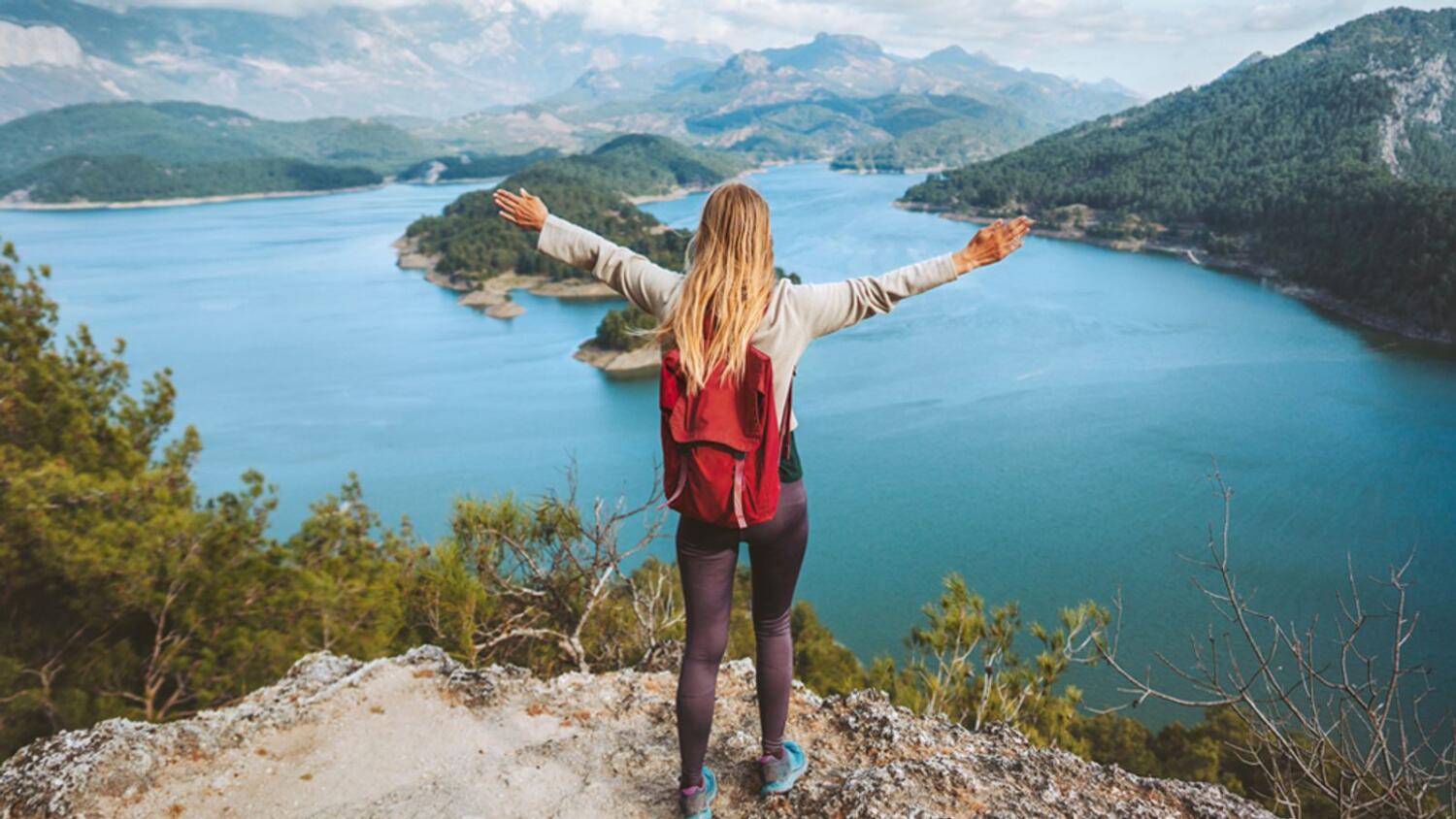The Man City manager admits that the Premier League is shaping into a three-team race and that there can be no slip-ups
Heaven below

A hike down Paria Canyon in Southwest US is like nothing you know. With its natural amphitheatres, ancient petroglyphs, miniature rattlesnakes and the constant threat of flash floods, negotiating the world’s longest slot canyon is an exercise in amazement
Before Europeans ‘discovered’ it, Paria Canyon was part of a route used by the indigenous Paiute people, to move between what is now southern Utah and northern Arizona.
 Archaeological evidence indicates their ancestors inhabited the region for more than 10,000 years. Paria is actually Paiute for ‘muddy water’, which is something you’ll get used to as the
canyon narrows, forcing you to wade through the chocolate-coloured river.
Archaeological evidence indicates their ancestors inhabited the region for more than 10,000 years. Paria is actually Paiute for ‘muddy water’, which is something you’ll get used to as the
canyon narrows, forcing you to wade through the chocolate-coloured river.
As the last ice age came to an end, water runoff from ancient glaciers slowly cut deeper into the soft sandstone, bestowing Paria Canyon with a succession of bizarre and intriguing geological formations. This is Mother Nature at her most sublime and poetic, from the swirling patterns of the Wave at Coyote Buttes to the equally mesmerising red rock of the Paria amphitheatre.
As the water wore through the sandstone, the wind stripped the rock back to reveal changes in hue that have mesmerised visitors for millennia. The sun adds its final touch by glazing the shapes, as if a potter on peyote had shaped the whole canyon. Thus, when you canyoneer through Paria, you are bearing witness to 85 million years of outrageous geology.
 Typically, canyoneering is a hybrid of mountaineering that requires an acute route-finding sensibility plus the rope skills to descend and ascend any obstacles in your way. The awesomeness of Paria is that anyone with a good level of fitness is capable of negotiating any or all of the 60km route. That said, this is not a place you can take for granted: it’s prone to flash floods, which means a happy hike can turn to disaster in an instant.
Typically, canyoneering is a hybrid of mountaineering that requires an acute route-finding sensibility plus the rope skills to descend and ascend any obstacles in your way. The awesomeness of Paria is that anyone with a good level of fitness is capable of negotiating any or all of the 60km route. That said, this is not a place you can take for granted: it’s prone to flash floods, which means a happy hike can turn to disaster in an instant.
If you intend to tackle it yourself, make like a cub scout and ‘be prepared’. Paria Canyon may be popular but it’s still extremely remote, contains little drinking water and is largely inaccessible — getting rescued from here is not simply a matter of dialling emergency on your mobile phone.
The Adventure Unfolds
Paria Canyon’s extraordinary length means it’s packed with twists and turns that, while at times testing your physical dexterity, constantly leave you wide-eyed.
When you first enter the canyon, it’s little more than an unassuming desert streambed. Within a few hundred metres, you’re moving through the Navajo sandstone. It’s only after about 6km, when you enter the Narrows and are most at risk of getting caught in a flash flood, that suddenly you are moving between sheer walls of brightly coloured wind-streaked rock that stretch 150m straight up towards the deep blue sky. And so it begins.
A hike through Paria is all about the journey. Sure, you can’t wait to arrive at star attractions such as the confluence with Buckskin Gulch or the wide arms of Wrather Arch, but it’s the spaces, the moments in between, that carve themselves indelibly into your memory.
In parts you’ll be scrambling up and along steep, smooth sections of limestone, so bring ‘sticky’ footwear, such as rubber-soled hiking shoes. Also carry your own drinking water. Hooking up with an experienced local or hiking with a guide is also strongly recommended, as this is the only way you’ll discover many of the hidden gems that are all too easy to miss.
At all times, only 20 people are allowed to start the hike each day, 10 by prior booking and 10 by lottery chosen 24 hours earlier. During peak season, there are literally thousands of adventurers praying for one of the few hundred golden tickets available. If you really want to experience Paria in the sandstone flesh, you need to apply four months before you want to hike.
Making It Happen
There are several campsites at the Whitehouse trailhead, just off Route 89, from where you can begin your adventure. Permits are required to hike Paria Canyon; get the latest information from the Bureau of Land Management. You must adhere to the ‘leave no trace’ policy, which means picking up any evidence you were there, including your poo, bagging it and carrying it out with you.
An Alternative Challenge
You don’t have to be in it to experience the beauty of Paria Canyon. Take a ride in a hot-air balloon and absorb the scenery as you float above this alien landscape. Or, make your way to one of the many strategically located lookouts, such as Paria View, where you might spot a majestic peregrine falcon.
The surrounding meadows are home to mule deer and elk. If you’re here just before the start of summer, you might get lucky and spy pronghorn antelopes heading to the forest, where they’ll give birth to the next generation of mythical-looking creatures that inhabit this untamed region.
More news from
Established in 2009, the Mohamed bin Zayed (MBZ) fund has supported projects for conservation of species and subspecies across 170 countries
London and Indian cities were among the top five destinations, report shows
The book created by Emirati illustrator Mohammed Al Rais and based on a tale by Swiss author Kurt Blum, is set to capture the hearts of young readers with its delightful story of uniqueness and triumph
The idea of undergoing the procedure was 'mentally and emotionally draining', the longtime Abu Dhabi resident said, but doctors eased her worries
The ruins in the middle of Pantabangan Dam in Nueva Ecija province are a tourist draw, even as the region swelters in extreme heat
This covers traffic violations incurred until 2023
Friday's polling will be held for 88 of the total 543 seats in the lower house or Lok Sabha of Parliament with 160 million people eligible to vote











